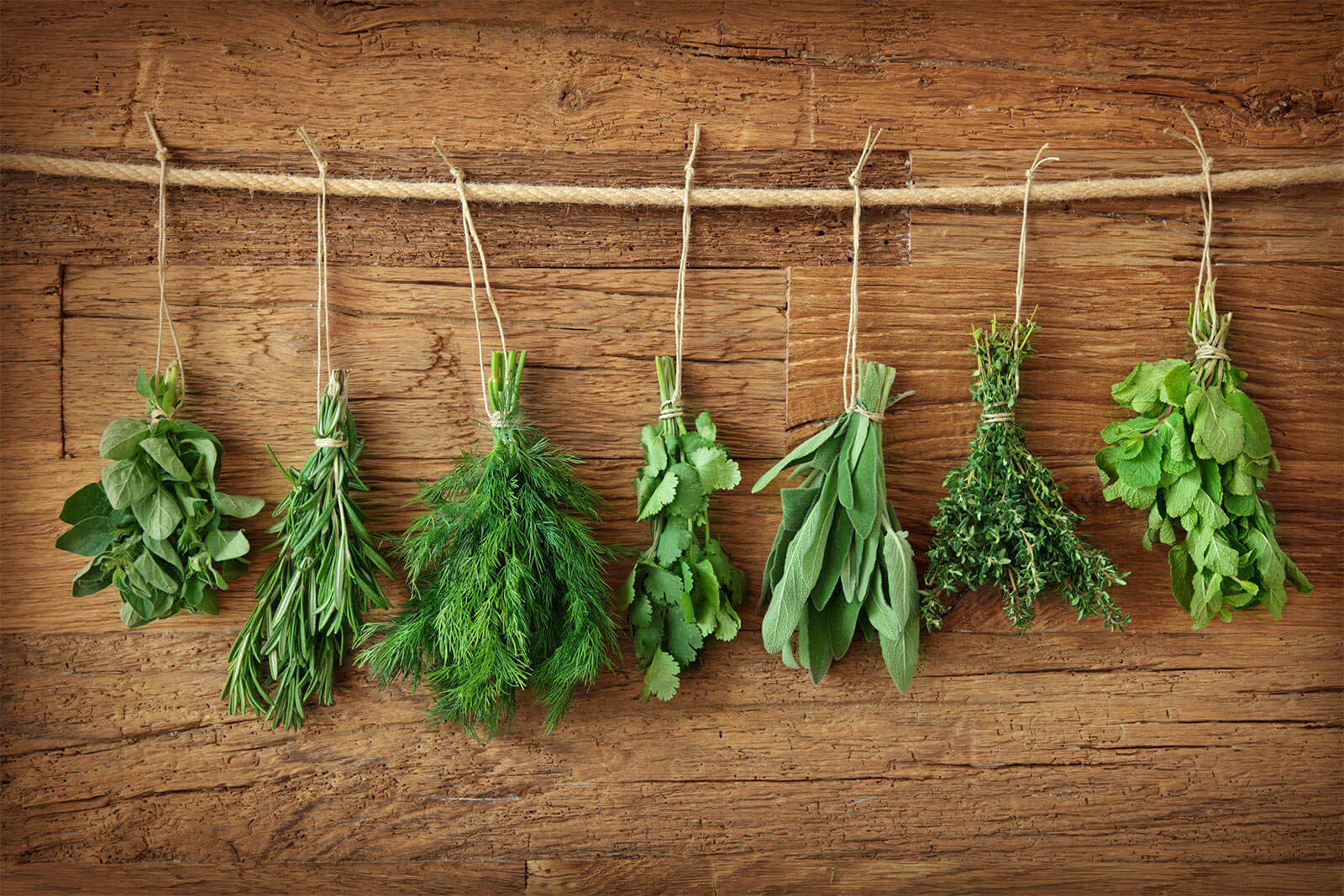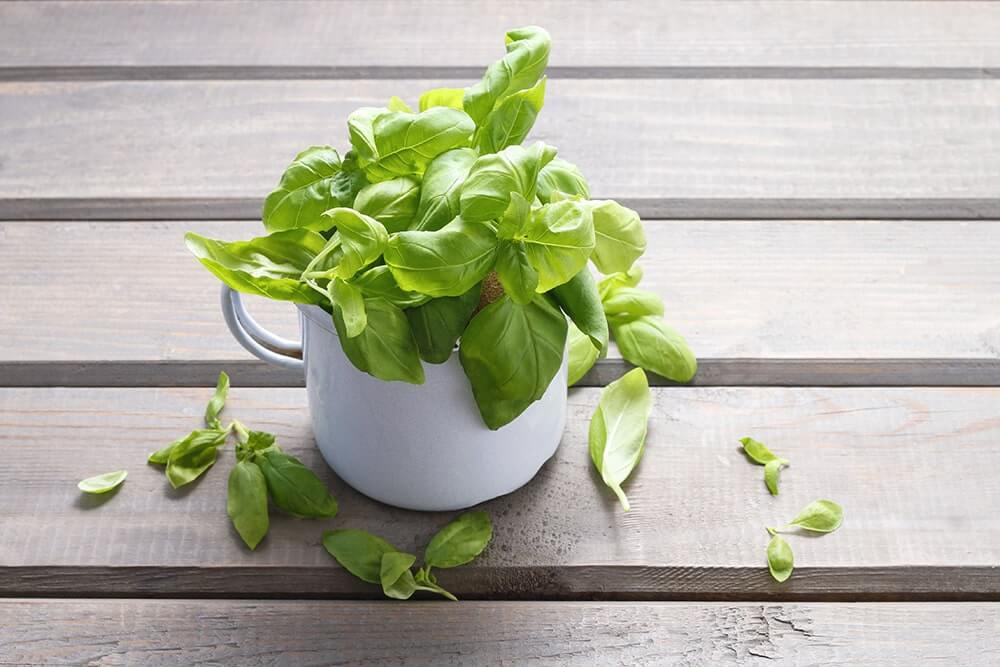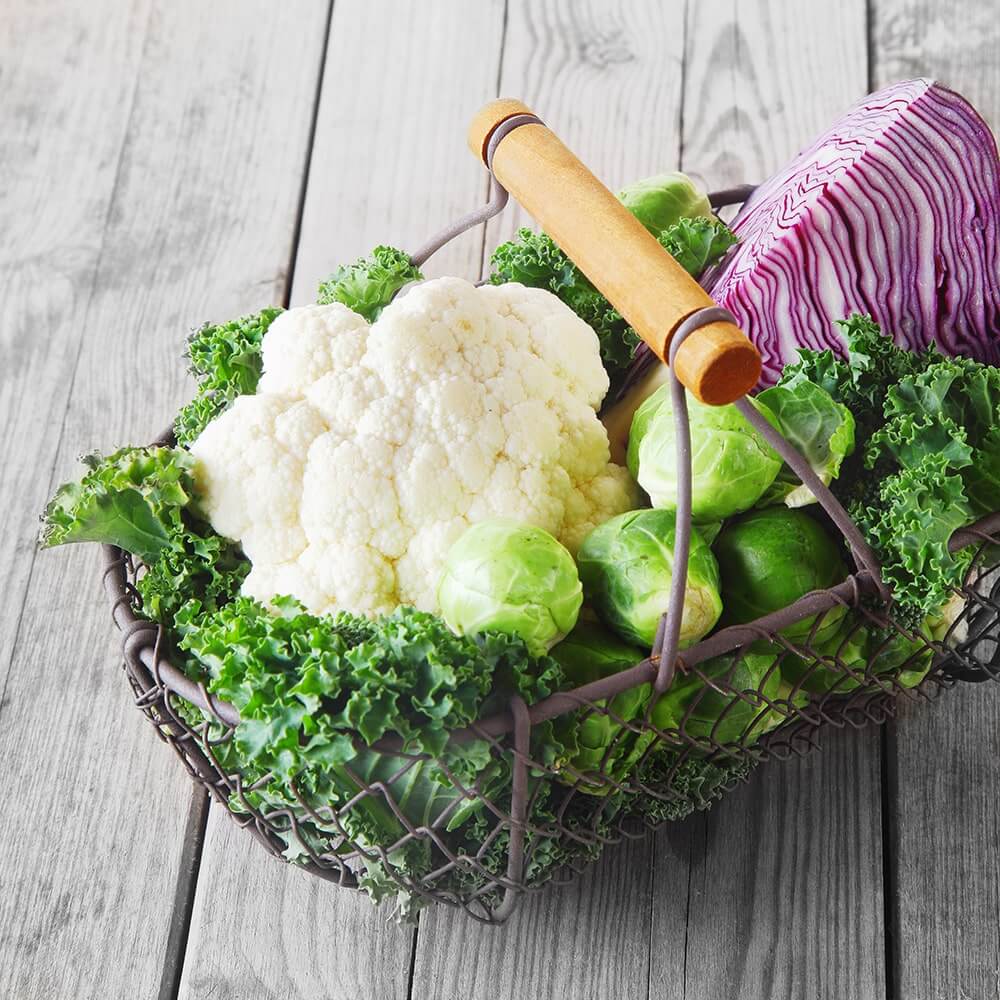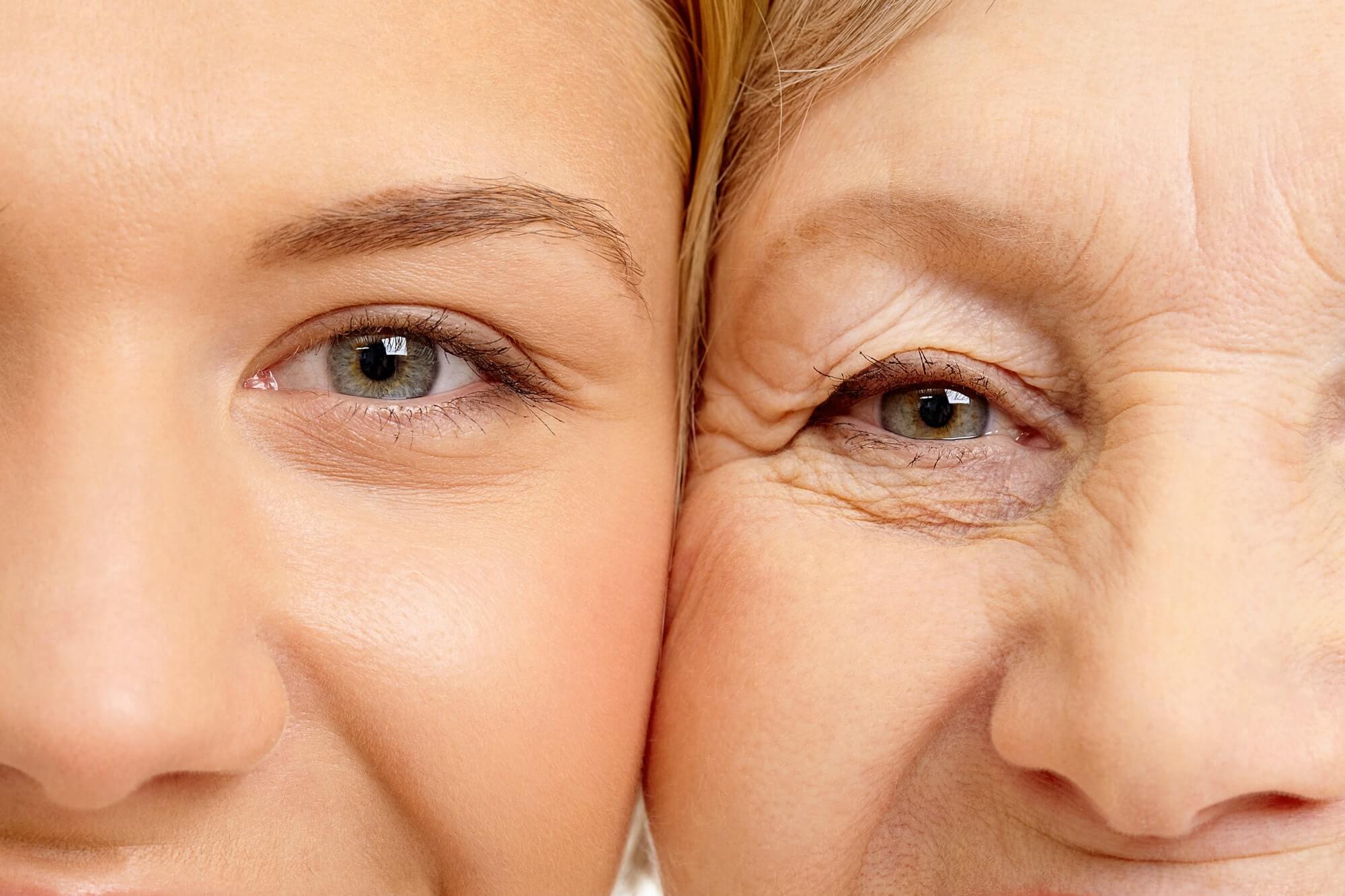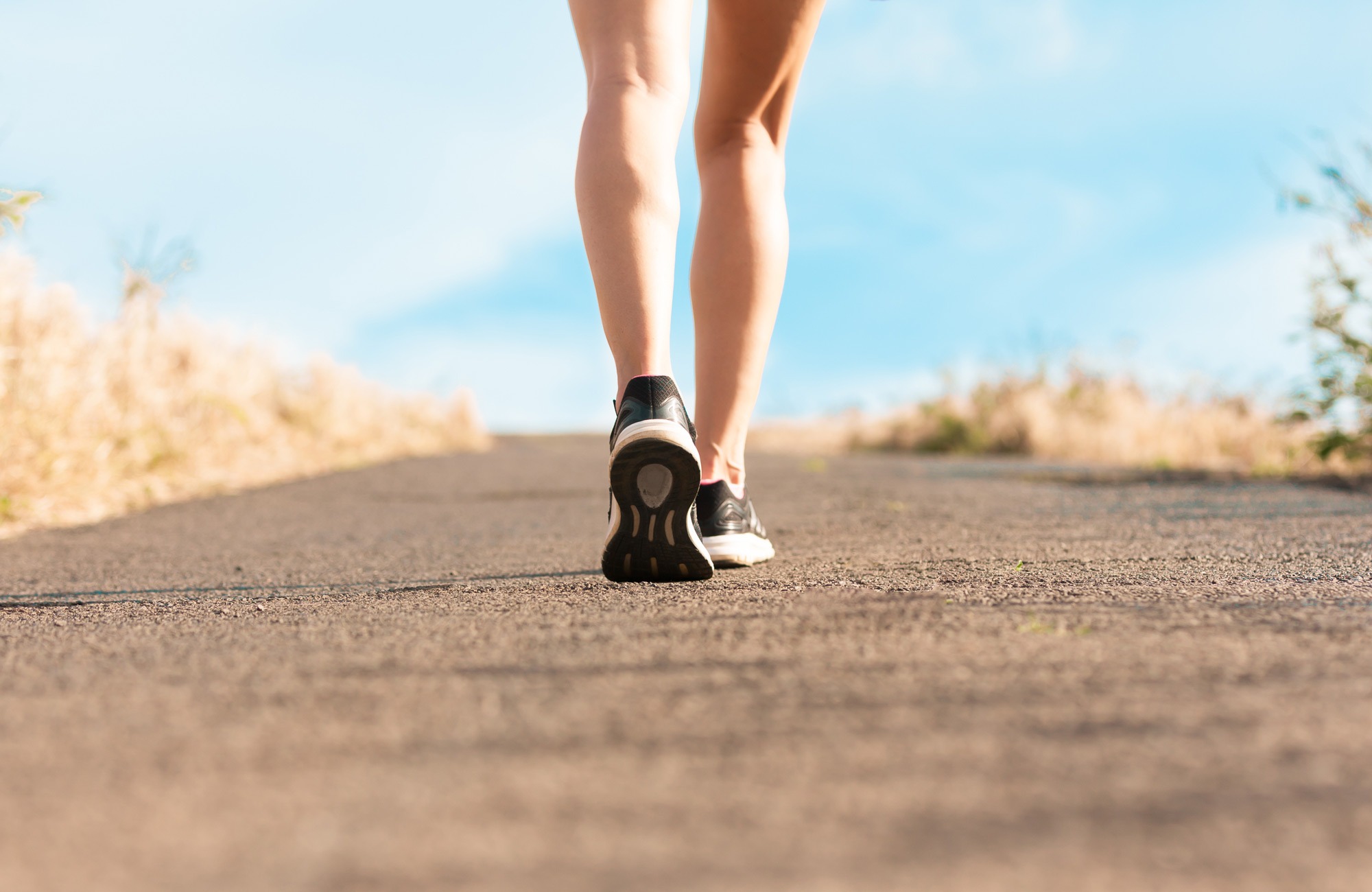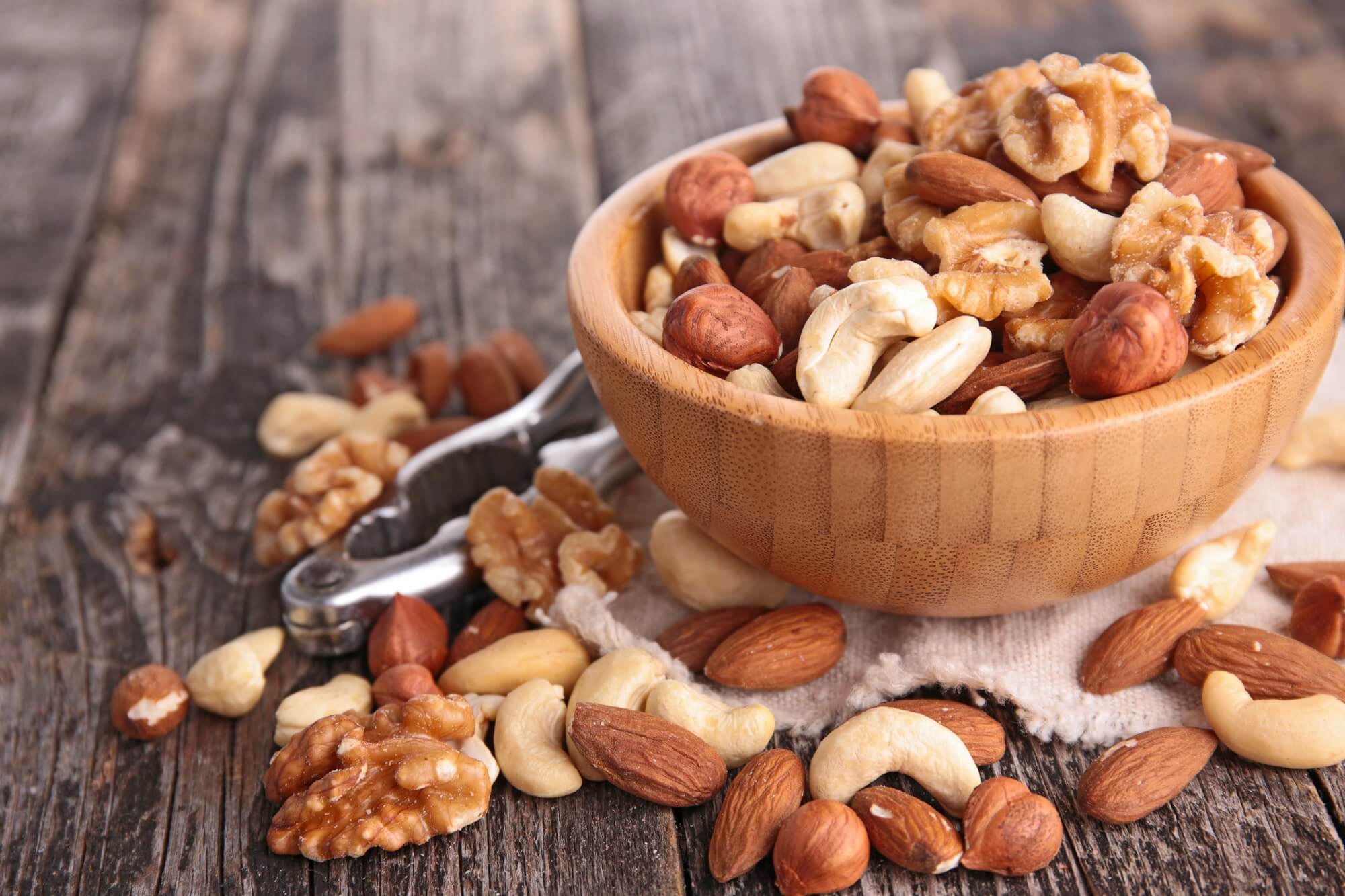Ageing gracefully is something many of us aspire to do regardless of race, sex or age. In a world where it feels like every second day there is a product, supplement, or regime targeted at combating age – we are bombarded with constantly changing and often conflicting messages. Ageing is a natural process and unfortunately one that is far too often considered in a negative context. At the heart of the ageing process are a number of biochemical changes – that we can support in a number of ways. Understanding the processes behind ageing helps us to target our solutions, to ensure we take really great care of our physical health, our thoughts and perceptions and we make a conscious decision to age gracefully.
Inflammation
Inflammation is the one of the most important processes to consider in ageing. Put simply, inflammation is your immune system’s response to any problematic substance that has entered your body. How do things enter? You can ingest them, breathe them, or you can absorb them through your skin.
When your immune system perceives that a threatening substance is in your diet, for example, it mounts a powerful and multi-pronged attack on the “invader”. Part of that response is to create inflammation, which we recognise as heat, swelling and redness. This occurs wherever the immune system is engaged in a battle — in the tissues of your face, in your arteries, and/or in your vital organs, for example. Inflammation is essential to keeping us alive, but it also causes collateral damage, such as scarring and wrinkling. The more pollutants we are exposed to, the more inflammation our body experiences, and the more rapidly we age.
One of the best ways to naturally dampen down inflammation is to ensure your diet is high in vitamin C – lots of fresh vegetables, citrus fruits and berries. Or alternatively consider using a high quality, preferably buffered vitamin C supplement. Vitamin C does wonderful things for for skin texture and luminosity and is critical for the synthesis of collagen, an important structural protein of our skin.
Oxidation
Oxidation is another way we age. It has significant inner and outer health consequences. Oxidative damage is done by substances known as free radicals, which are single oxygen molecules that can hurt your tissues and other vital substances in your body.
We stay alive through a process called respiration, a process by which we breathe in oxygen, and we exhale carbon dioxide. When we breathe, oxygen splits apart, forming two single oxygen molecules — free radicals and they are angry little critters, as they have lost their buddy and are now able to damage your tissues. Free radicals do have minimal benefit within the body, which includes assisting white blood cells to reduce infection. However, the number of free radicals within the blood is greatly increased by stress, high-intensity exercise, cigarette smoke, and pollutants such as pesticides and heavy metals. You can see how modern-day living can mean that the number of free radicals in the body becomes high and stops serving our health, and begins to cause harm.
Your immune system is designed to protect you from infection and to play a role in dampening down inflammation. Immune cells will attack any substance that shows up in your body that they decide is foreign or poisonous, or that they believe you are better off without. These substances may appear in your food, water, or as viruses or bacteria that you ingest, which then generate free radicals (also known as oxidants).
Free radicals are highly reactive molecules, and they destroy cells and tissues by causing them to age, form scar tissue, and die. Free radicals cause all living things to age and decay. They are the reason a cut apple left on your bench turns brown and shrivels up. In your skin, free radicals cause the moist collagen fibres that form its super-structure to become dry and shrivelled. When the foundation of your skin shrinks, the surface folds over on itself, forming wrinkles. The more free radicals in your system, the more your collagen shrinks, and the more wrinkles appear on your skin.
One of the major ways the body defends itself from free radical damage is through the consumption of antioxidants. Antioxidant-rich foods are our coloured plant foods. If you could imagine a large platter covered in beautiful, brightly coloured fresh produce, that platter would pack a massive antioxidant punch! The way it works is that the antioxidant donates one of its oxygen molecules back to the single guy (free radical) and they pair up. As a result the oxygen will no longer damage your tissues.
Glycation
Another factor in ageing is glycation. This occurs when glucose (sugar) from what we eat binds to some of our DNA, proteins, and lipids, leaving them unable to do their jobs. If we have a diet high in processed foods, the problem becomes worse as we get older, since the cumulative sugar intake for most just keeps growing. This can cause cells and tissues to malfunction, resulting in ageing, or in some cases disease. Not that long ago in human evolution, processed, high-sugar foods didn’t exist. Then, in the not-too-distant past, they were eaten only on special occasions, like birthday parties, but now they have become part of every day for too many people. I cannot say this enough: it is what you do every day that impacts on your health, not what you do sometimes. However it is important to remember that the ageing process will potentially be slowed if you consume less refined sugar.
Getting your beauty sleep
Rest must follow action for us to have optimal health, the ability to remain calm, and all those “non-vital” processes, such as our skin, hair, and nails getting all the nourishment they need. And very few of us these days truly rest or live a calm state, where productivity, patience, and kindness tend to easily flow.
The parasympathetic nervous system (PNS), is active when we truly rest. This is also called the “rest, digest, repair, reproduce” (and I’ve added “radiance”) arm of our nervous system. I also refer to it as the “green zone”. The challenge is that it can be dominated by the opposite arm of the nervous system, the sympathetic nervous system (SNS), which I refer to as the “red zone”.
Appropriate activation of the PNS is essential not only to feeling centred, calm, and lovely – but also for skin, hair and nail regeneration. Prioritising your sleep assists in slowing the ageing process as the body can get to work on repairing damaged cells.
Food to support ageing
When it comes to real food, for me they are all super foods. Each food has its own unique combination of nutritional value to offer you and your glow. Here is a number of foods that you can incorporate into your diet to help supply nutrients and slow the effects of the ageing process.
Almonds
A good source of vitamin E, copper, magnesium, manganese, potassium, and calcium, all of which are essential to skin oxygenation and function.
Apple cider vinegar
Helps stimulate digestion and may improve extraction of minerals and vitamins from your diet. It may also be a helpful natural remedy for dandruff, because the acids in the vinegar can help stop the fungus-causing chemical imbalances in the skin of the scalp.
Artichokes
Regular consumption of these woody, fibrous vegetables is linked to healthier skin, and, in particular, improved skin luminosity.
Avocados
A good source of biotin and monounsaturated fats, avocados help to prevent dry skin and brittle hair and nails; when applied topically, they help to hydrate dry skin. For me, they are a super special beauty food.
Beetroots
Beetroot contains nitrates, which produce a gas called nitric oxide in the blood, which widens blood vessels and lowers blood pressure; it is also important for blood flow to skin.
Blueberries
One of the richest sources of antioxidants, these beautiful and delicious berries counteract premature ageing.
Brazil nuts
These are a good source of the antioxidant selenium, which helps increase the number of infection- fighting white blood cells in the body, as well as protect against cellular damage. For skin care, selenium’s antioxidant properties regenerate vitamins E and C, thereby decreasing the ageing of skin. A truly amazing nut!
Brassica vegetables
Vegetables worthy of their superstar accolades, they are potent sources of antioxidants, as well as many vitamins and minerals, which help aid cellular repair. Vegetables in the Brassica family contain indoles, substances that help the liver detoxify hormones, which can help with sex hormone balance, which is critical for clear skin.
Coconuts
Coconuts are great for your skin and body, inside and out. Containing vitamins A and C, calcium, iron, and natural proteins, coconuts also contain medium-chain triglycerides, which are a wonderful fuel for the body, and also possess antibacterial properties. Lauric acid, for example, has been scientifically shown to have a stronger action against the bacteria often involved with acne than benzoyl peroxide, an ingredient in many medicated skin washes and some prescription acne medications. Topically, coconut oil is a great way to moisturize and cleanse your skin naturally.
Cucumbers
The high water content means it is a very hydrating choice and is a wonderful way to reduce swelling or puffiness around eyes.
Eggs
Eggs are a complete source of protein. They contain biotin, an essential vitamin that protects against dry skin, and is also helpful for nail and hair health. Eggs also contain iron, which is vital for oxygenation of the entire body, including the skin.
Fresh, sustainable oily fish
This is a wonderful source of omega-3, which dampens down inflammation in the body and also helps keep skin moisturised. Fresh salmon also contains astaxanthin, a carotenoid that improves skin elasticity.
Green tea
This wonderful skin-friendly beverage is packed full of antioxidants that are protective against cellular damage throughout the body, including the ageing process of the skin.
Kale
Kale is an excellent source of the beauty vitamins A, C, and E, which have potent anti-ageing properties and help promote healthy new cell growth. It is also loaded with minerals, such as magnesium and calcium, which healthy skin needs; these minerals are also critical to our ability to relax and are highly alkaline.
Kiwifruit
Kiwifruit is a rich source of vitamin C and antioxidants, which help keep skin firm and slow down the formation of wrinkles, and are also great for healthy teeth and bones. The antioxidants in kiwifruit have also been shown to help protect against cancer and heart disease.
Lemons
Rich in vitamin C, lemons are great for the skin and also stimulate digestion — starting your day with lemon in warm water is a wonderful way to kickstart your digestion. The goodies in lemons are crucial for all aspects of beauty, obtaining the maximum nutrition from your diet and helping to supply your skin, hair and nails with nutrients.
Thoughts and perceptions
It’s equally important to consider how you feel about ageing. Are you fearful of it? Do you feel you’re less attractive because you now have lines or wrinkles? In today’s society we place so much emphasis on youth being attractive, but there is nothing more attractive than a woman or man that is comfortable in his or her own skin regardless of their age.
Ageing is a natural part of life that you don’t need to fear; we will all go through it. Your changing lines, hair colour or body in no way detract from who you really are and the goodness in your heart. The passing years also bring wisdom and that has a radiance all of its own.

